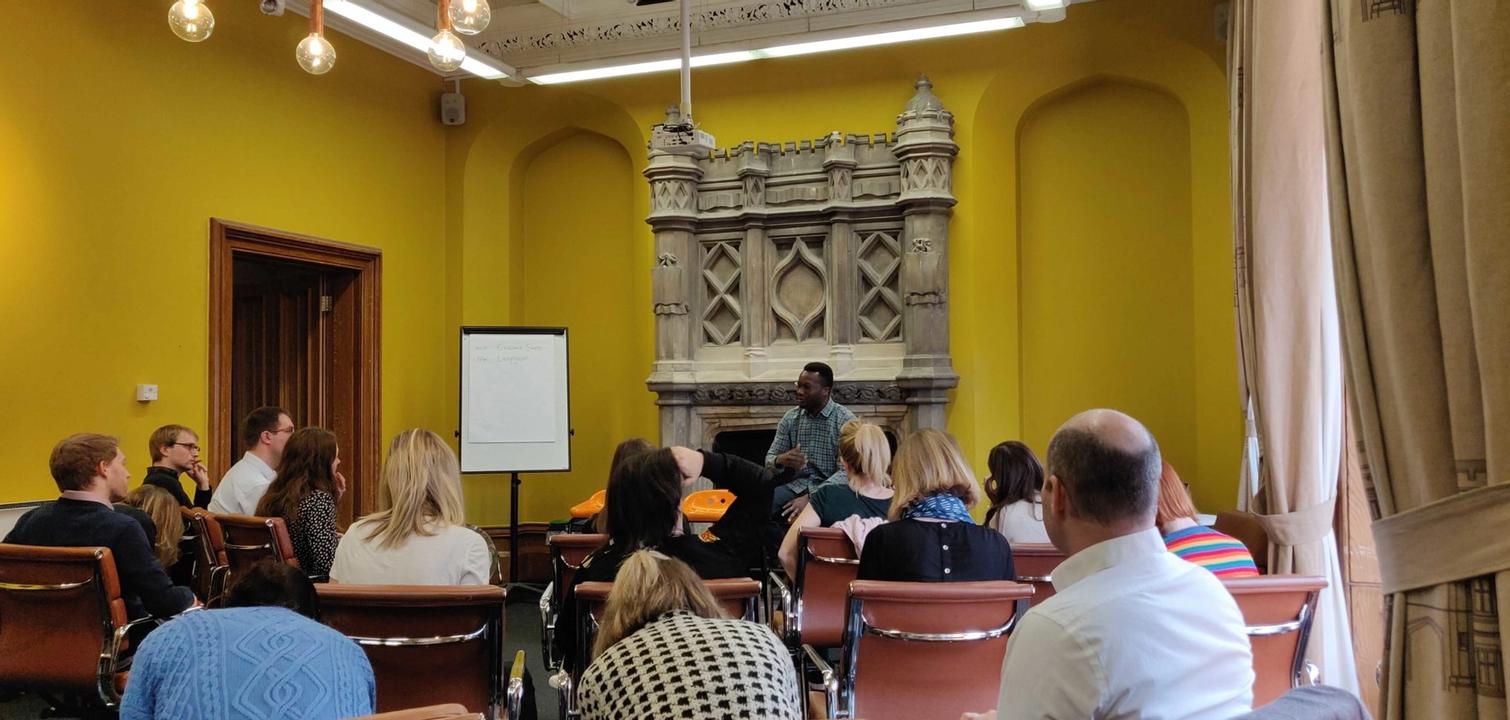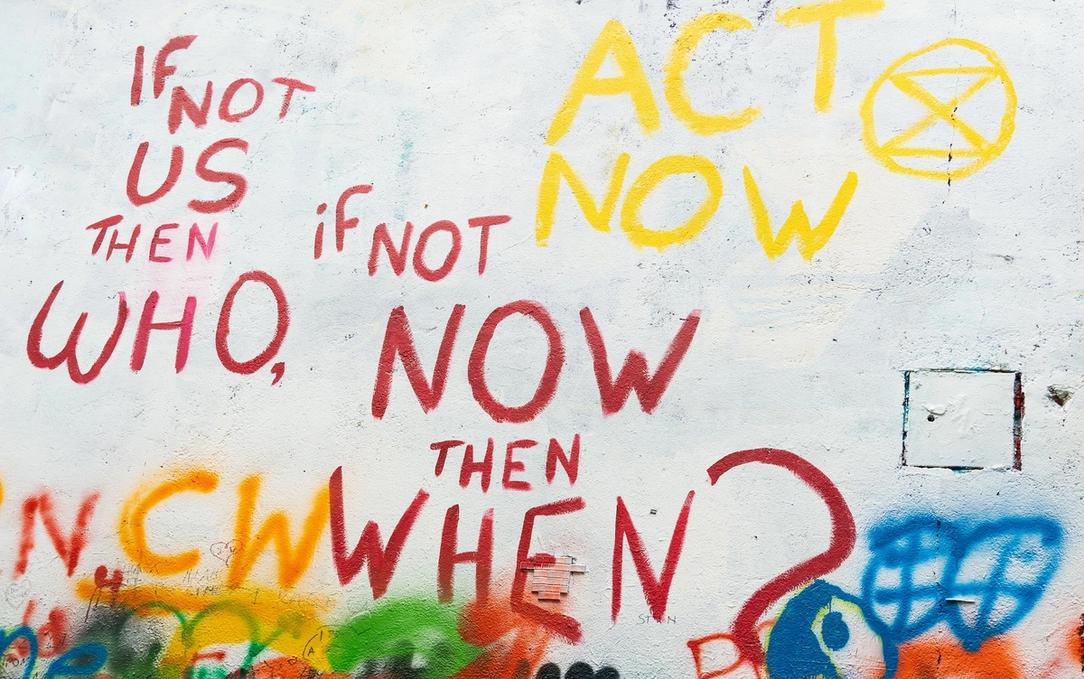
On Friday 14th Lightful hosted a BRIDGE networking breakfast for charities and social enterprises in Bristol at the coworking space the Engine Shed. We were joined by a number of organisations to discuss the digital trends for charities looking forward to the rest of 2020 and beyond.
The event was hosted by Pumulo Banda who asked insightful and interesting questions to our panel of experts. On our panel, we had Natalie Clarke from Social Misfits Media, Polly Cook from Parkinsons UK, Jack Broadley from Reason Digital and Matt Smith from ThinkCS.
We’ve asked our panelists a series of questions around what they expect to be the biggest and most impactful trends of the coming years along with some other social media and digital questions.
What are the challenges for nonprofits in digital marketing and social engagement?
Our first question covered the challenges faced by nonprofits when it comes to digital marketing and social media engagements.
We heard from Polly that there is importance in listening to what your audience wants. With all other areas of digital technology, there has been a change in user expectation. Bigger apps have set the bar higher on what is doable through digital technology, for example, Uber has put a lot of research and development budget into behavioural learning. Polly then went on to say that within the charity sector this is no different, we need to take time to focus on what the user need is and how you solve it rather than running forwards into new trends.
A piece of advice from both Jack and Matt was to instead, focus on doing one or two things really well rather than trying to do everything less well. By being present on every social or digital channel, it can sometimes become too much to manage. Focus on the channels that work well for your organisation.
Another important point that was discussed was understanding if you are reaching the right people for your messaging. Natalie highlighted the importance of understanding and targeting the right audiences through both organic and paid outreach. She went on to say that in the current pay to play situation on social media, it is important how you make use of both the paid and organic options. Take time to understand if you are reaching the right people for the right campaigns.
What’s the role of data in advancing technologies and social media?
We then discussed the hot topic of privacy and data in terms of advancing technologies and social media. We heard about how things like GDPR have actually been an opportunity for charities as organisations have had to clean their data and understand their audiences better. Jack highlighted how big numbers in terms of followers does not necessarily mean that you have good engagement. It is often better to have few followers with high engagement than lots of followers with low engagement.
Polly commented on how data-obsessed we have become and how we are starting to implement best practices when it comes to data and analytics. We are starting to ask the right questions and receive answers from the data we have collected. Now we are more aware of the power of data it can be used as something to take us forward rather than hold us back.
Within the digital and social space, it can feel as if our audiences are becoming blind to the tricks implemented to grow social and digital engagement. We asked our panelists how best to overcome this.
Jack pointed out quickly that we need to make the content relatable to our audiences as best we can. We want to make those in our audience engage with your content in a meaningful way and make them stop to interact. Once you have identified what this is it will be easier to grow engagement within your audience. Within the posts, you need to include something that will make the user think. He found that sharing positive stories about the impact their charity had was something that made their audience react.
What’s the role of positive storytelling?
We then discussed how positive stories can be so much more impactful than harrowing images. There are many stories that we can all tell internally about lives changed, transformations that have taken place or fundraising completed. How can we ensure that these stories always have a positive twist and demonstrate the positive outcomes? How can we shape the stories we have access to, to show our audience how they can help us get to that positive outcome?
Within this Natalie made an important point suggesting that content should not be designed to reach the masses, there should be an element of personalisation. People are much more likely to engage with a piece of content when it has been personalised and also when the content is humanized.
What are the emerging channels we need to know?
One of the most interesting questions was about the emerging channels both in the social and digital space that charities should be looking at in terms of reaching and engaging their audience.
Natalie approached this question with an interesting point of sticking and adapting what we already know. She went on to say that we should investigate what behaviours we can identify on the platforms we are already active on and see how we can adapt our approach to best use them.
Polly highlighted that we can focus on the sense of community, for example, service users want to speak and engage with people like themselves. This can create connections and community and it is a powerful way to help people through whatever they are going through. We can do this by creating Facebook groups and mini-communities on platforms where we are already active.
How to use Twitch for charities
Jack and Matt both mentioned Twitch, which is a gaming streaming platform. Twitch is relatively new when it comes to being used in the charity sector however there have been some great successes to this platform being used for charity streams. This is where a known gamer or group of gamers will play a game while streaming it on Twitch for 24 hours and reach out for donations from those who are watching the stream. There is a new generation of celebrities active on this channel and they can be ambassadors for your cause.
What can charities learn from commercial brands?
Our final question was around any changes or advances we have seen commercial companies take advantage of that charities should start looking at.
Natalie spoke about AR filters in Snapchat and Instagram where your audience can add a filter onto their photos with information such as your campaign hashtags, organisation name or other information about your campaign.
Matt mentioned Deliveroo and how easy the process is to order food through the app. He wanted to make charity donations as seamless as ordering Deliveroo.
Takeaways
Our panel gave great answers to the questions prepared by our team and also from the audience. Our key takeaways are to refine what you are already doing by understanding your audiences, keep aware of what is working and what is not working and adapting your approach and finally be aware of how social media is changing around you and how you can best make use of those changes.
Interested in running the next BRIDGE breakfast?
We really enjoyed visiting Bristol and hearing from charities in the local area. Let us know if you would like to help us run an event in another city. Email emma@lightful.com to let us know!
Latest articles

In a world of growing uncertainty, small and local non-profit organisations often find themselves with competing priorities and struggle to plan how to allocate their available resources. Despite the increasing demand for their vital work, they are not always able to allocate the funds they receive to strategic planning and future growth.

As the world becomes more digitally-focused, it’s essential for nonprofits to have a digital presence. With more and more options for online engagement, we know that this can be challenging for nonprofits to tackle. But, we also know that it is a huge opportunity to increase audience engagement, awareness and fundraising. To help nonprofits navigate this, we’re going to explore the “whys” and “hows” of creating a nonprofit digital strategy. We’re even providing a free digital strategy canvas to help nonprofits improve their online presence in just a few steps.
Related posts

Environmental organisations around the world are working hard to tackle climate change, often with limited resources. What’s the role of digital communications in this battle and what support do they need?

We talked to Chakara Wheeler from the Community Foundation of Greater Flint to find out more about her work and her experience being part of the BRIDGE programme.
See who we help
Contact us
Want to learn more?
Email Jonathan and start a conversation





